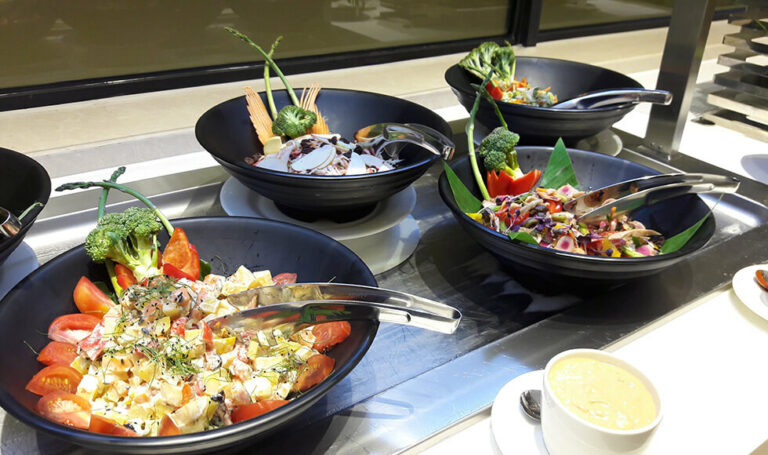Introduction: Papua New Guinea’s cultural diversity
Papua New Guinea is a country with a rich cultural heritage that comprises over 800 languages and a diverse range of traditional customs and rituals. The influence of these customs and rituals on Papua New Guinean cuisine is significant, as food plays a central role in the country’s culture and way of life.
Traditional customs and rituals: significance in PNG cuisine
Traditional customs and rituals in Papua New Guinea are closely tied to food and play a significant role in shaping the country’s cuisine. Many of these customs involve the use of certain ingredients or preparation methods that have been passed down through generations. For example, in the Highlands, the use of sweet potato is central to many traditional dishes, while in coastal areas, fish and seafood are commonly used. Additionally, traditional ceremonies and rituals often involve the sharing of food, which reinforces the importance of food in Papua New Guinean culture.
Hunting, gathering, and fishing: the foundation of PNG cuisine
Hunting, gathering, and fishing have been integral to Papua New Guinean cuisine for thousands of years. These activities are not only a means of obtaining food but are also important cultural practices that connect Papua New Guineans to their environment and traditions. The use of wild game, such as cassowary and crocodile, is common in many parts of the country, and traditional fishing techniques are still used in many coastal communities.
Cooking methods: from earth ovens to modern techniques
Cooking methods in Papua New Guinea can vary depending on the region and the type of dish being prepared. Traditional methods include the use of earth ovens, where food is wrapped in leaves and cooked over hot stones, and the use of bamboo steamers. More modern cooking techniques, such as baking and frying, have been introduced in recent years, but traditional methods remain popular, particularly in rural areas.
Regional variations: the diversity of PNG cuisine
Papua New Guinean cuisine is incredibly diverse, with regional variations reflecting the country’s cultural and geographical diversity. For example, in the Highlands, sweet potato and yams are often used as the base for dishes, while in coastal areas, fish and seafood are more common. Additionally, different regions have their own unique dishes and cooking styles, such as the famous Mumu feast in the Highlands.
The future of PNG cuisine: balancing tradition and innovation
As Papua New Guinea continues to develop and modernize, there is a risk that traditional cuisine and customs could be lost or forgotten. However, there is also a growing interest in preserving and promoting traditional cuisine, both locally and internationally. Balancing tradition and innovation will be key to the future of Papua New Guinean cuisine, ensuring that it remains an important part of the country’s cultural heritage.

